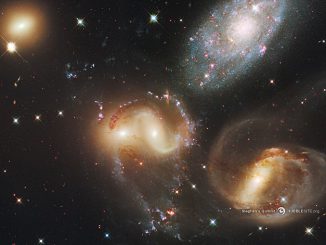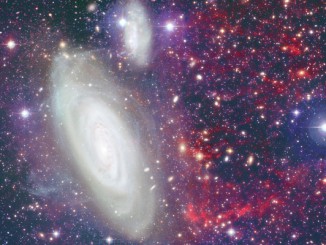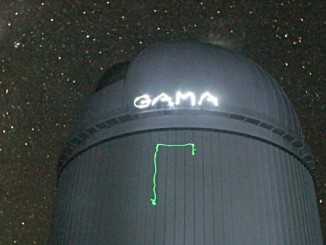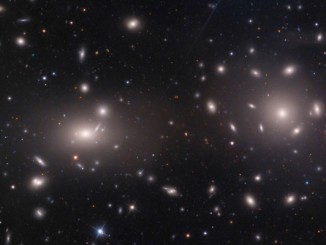
Australian technology runs world’s largest single-dish radio telescope in China
The world’s largest filled single-dish radio telescope launched at the weekend, and it relies on a piece of West Australian innovation. The 500-metre-wide telescope — known as FAST — uses a data system developed at the International Centre for Radio Astronomy in Perth and the European Southern Observatory to manage the huge amounts of data it generates.









